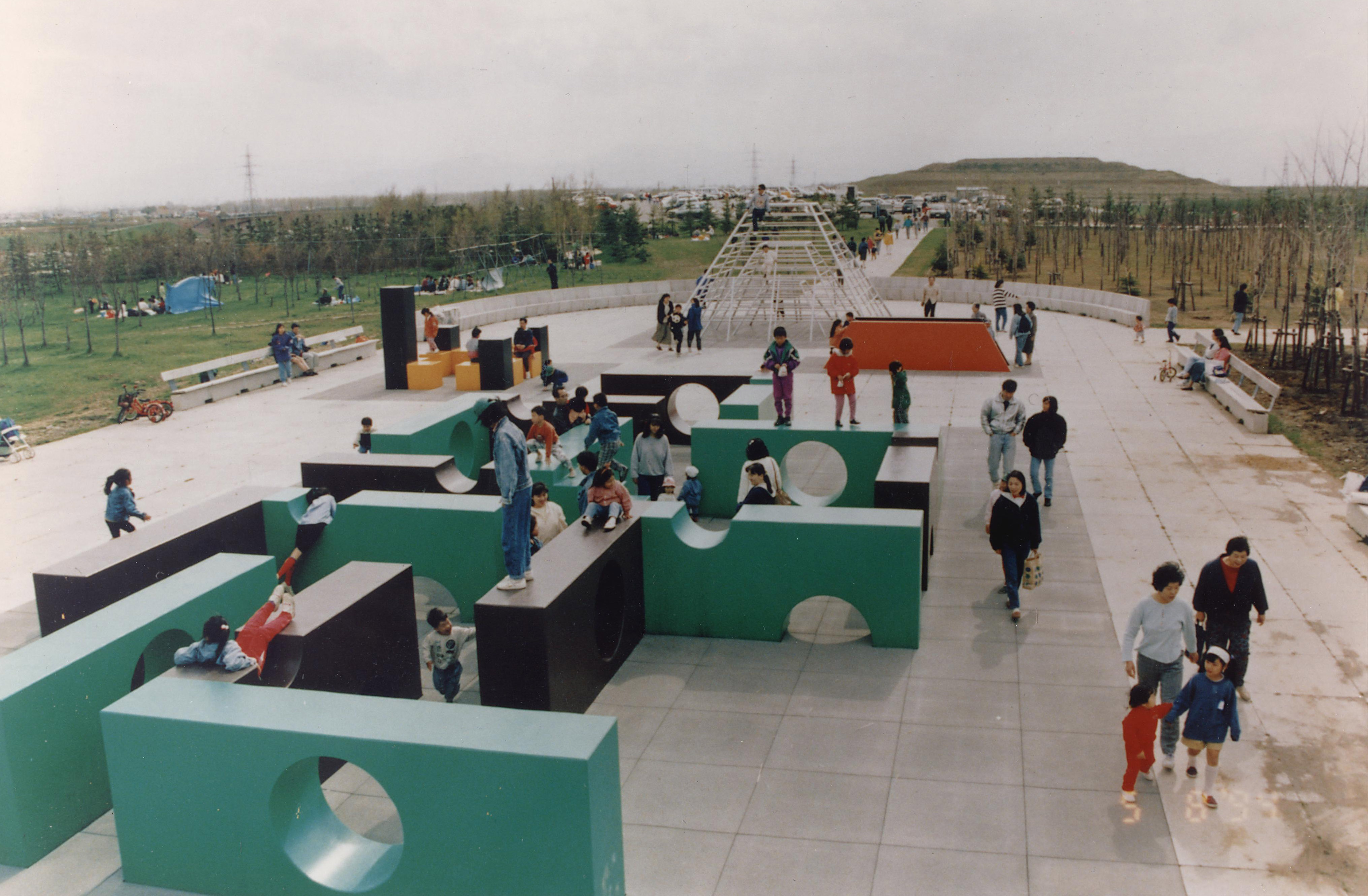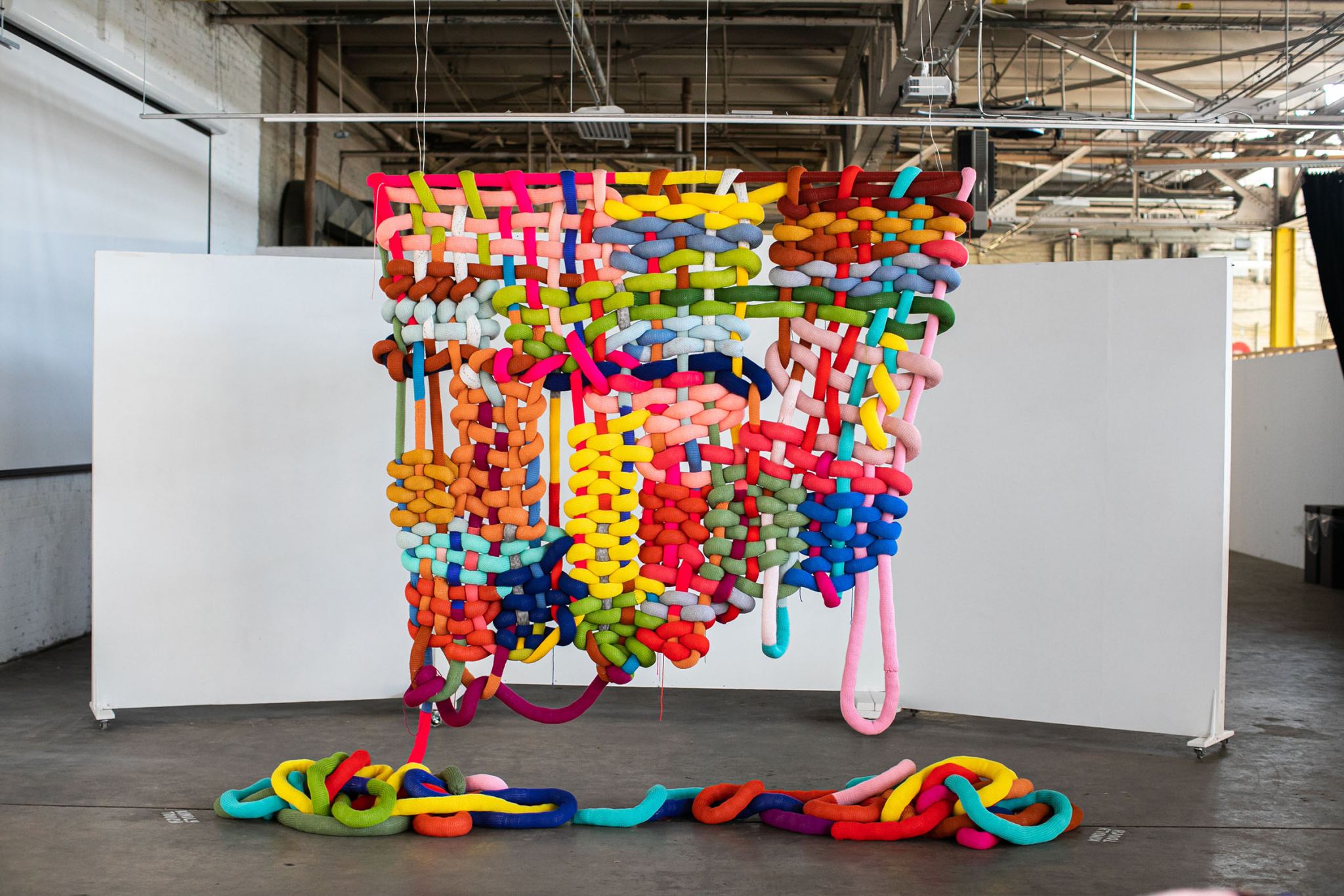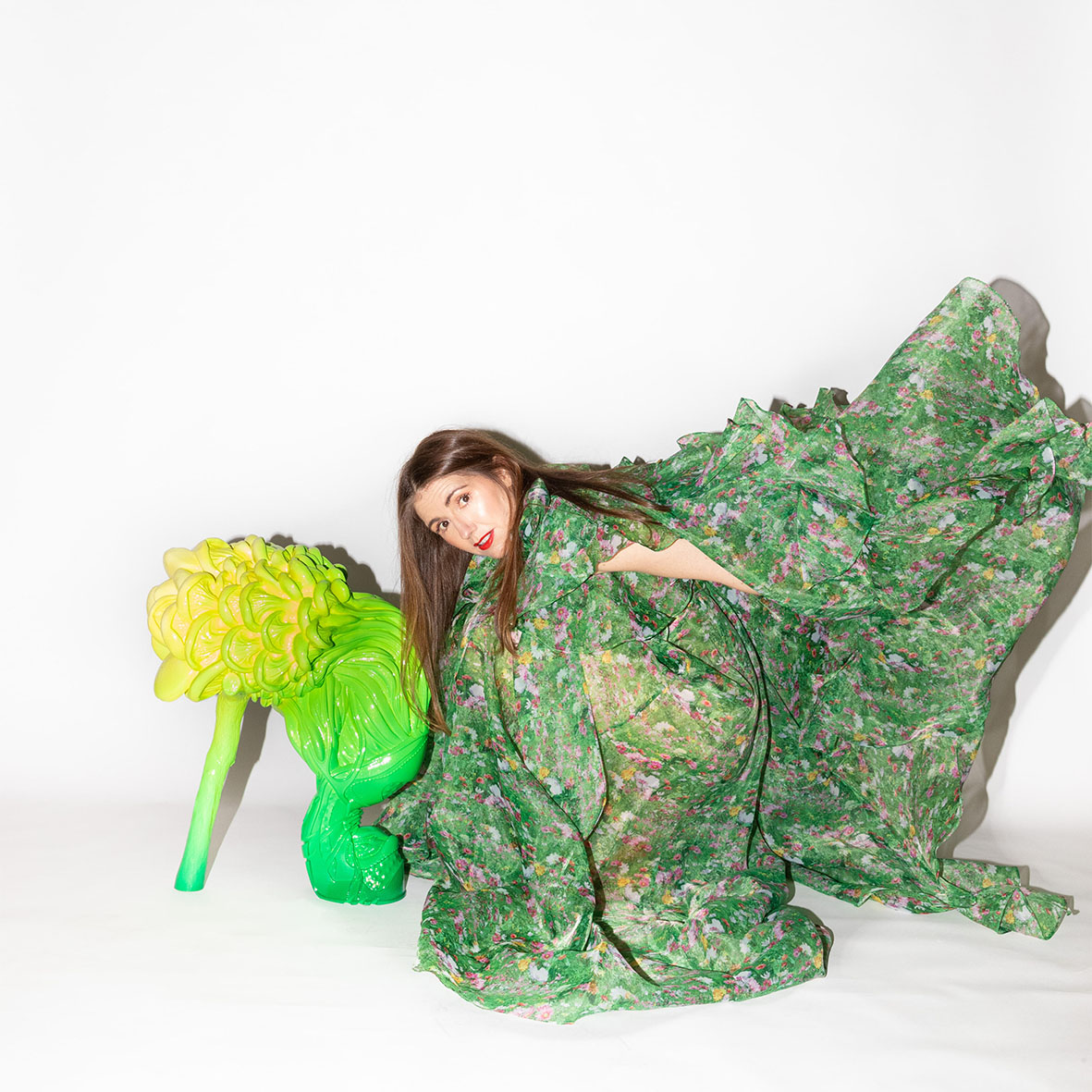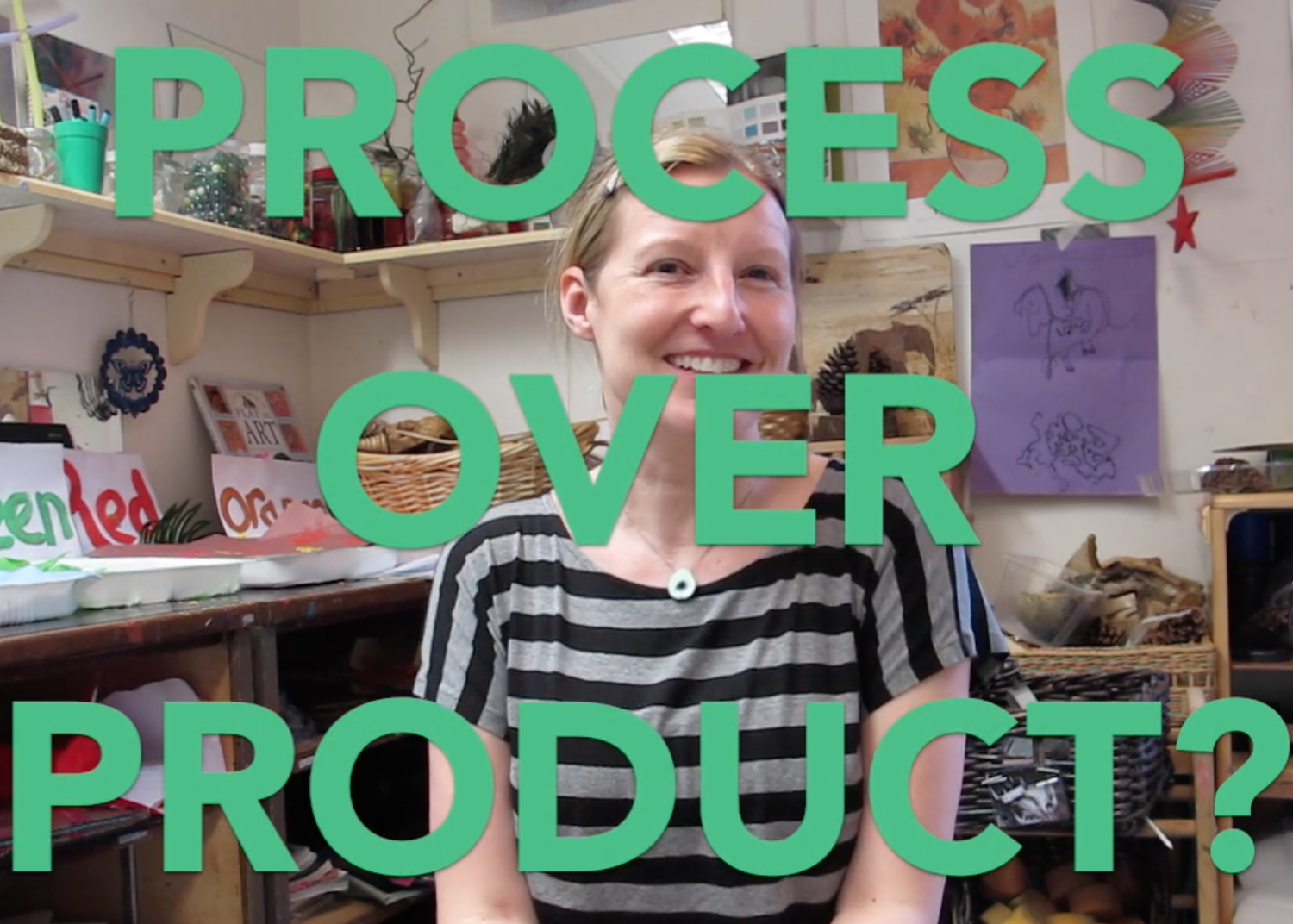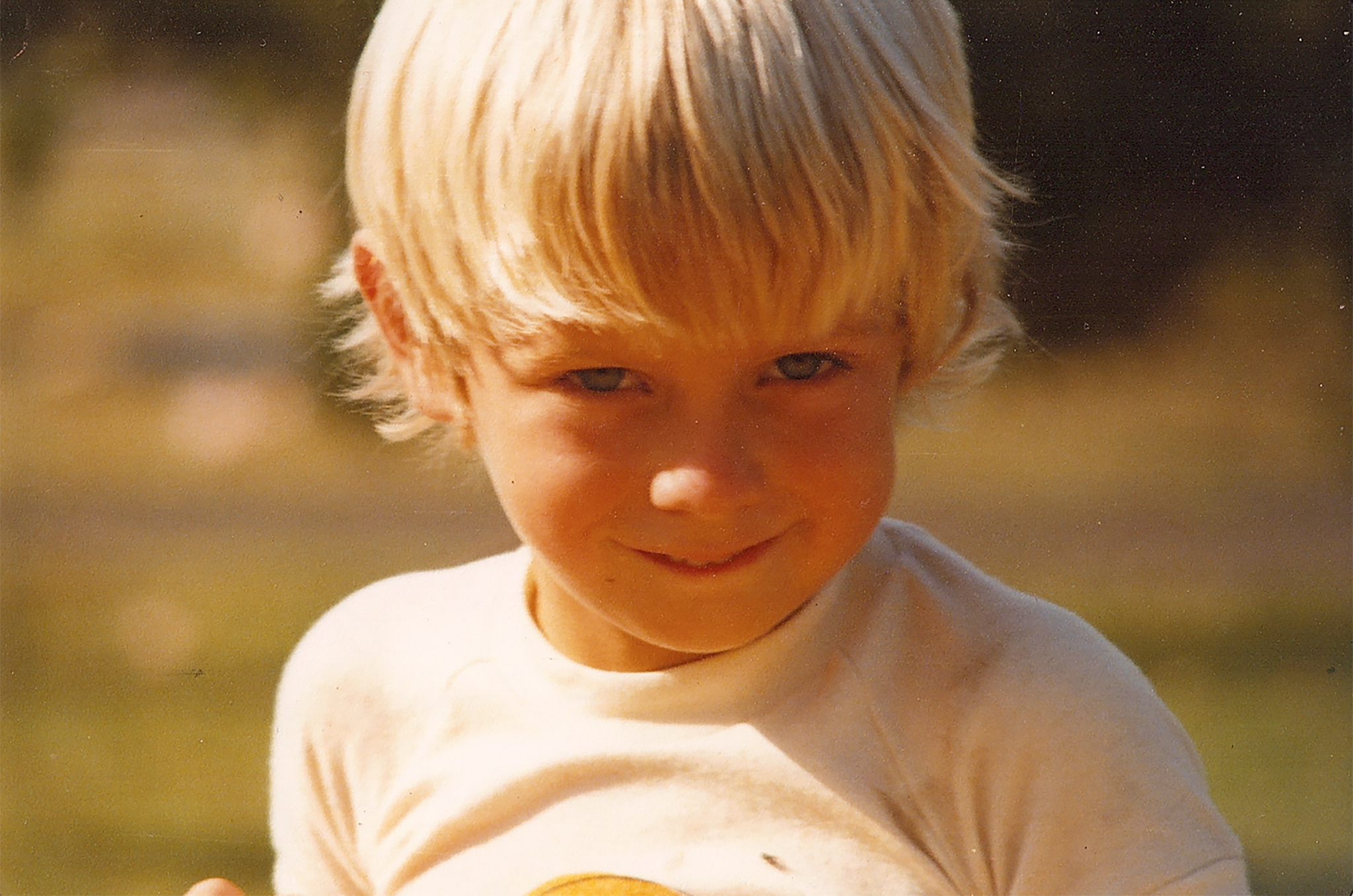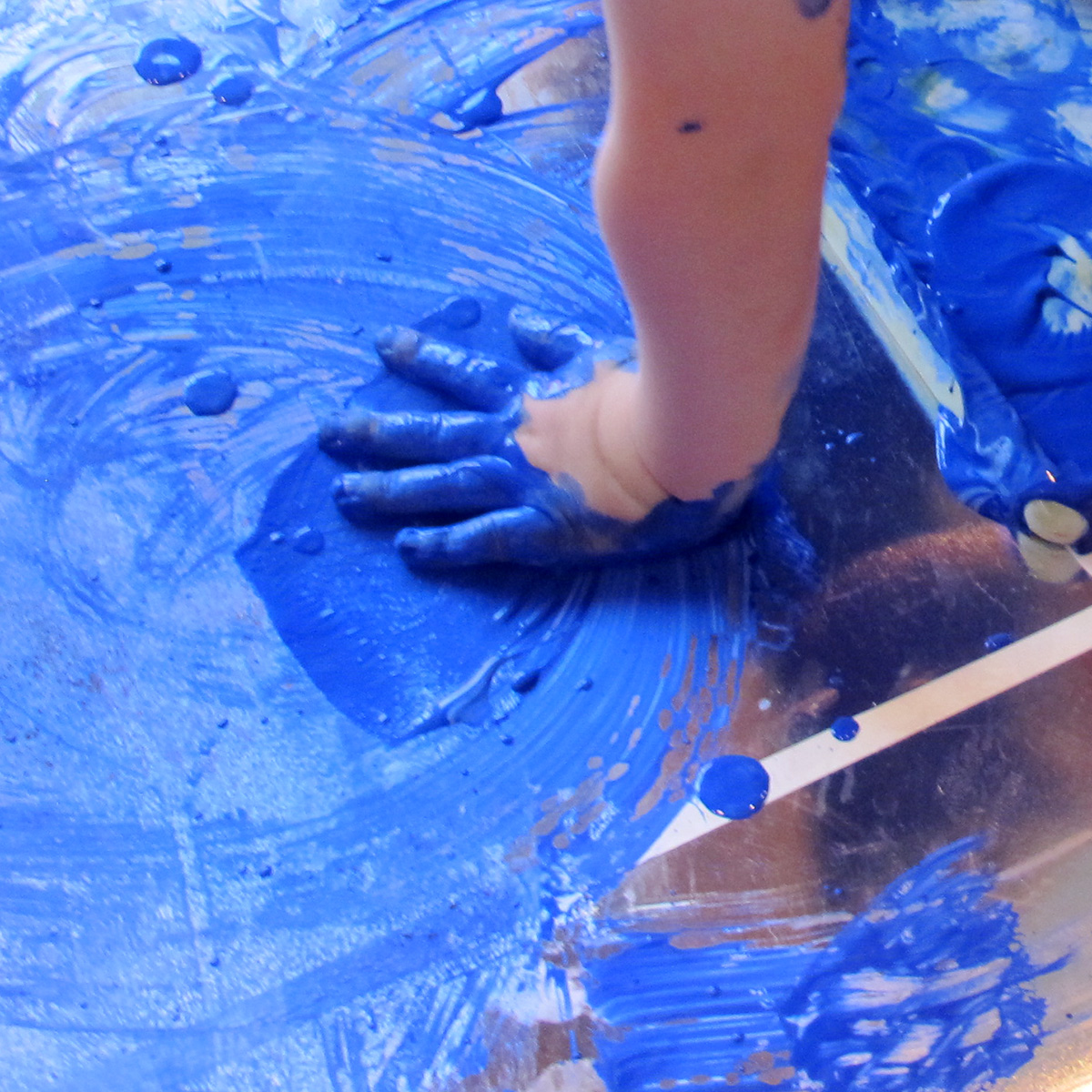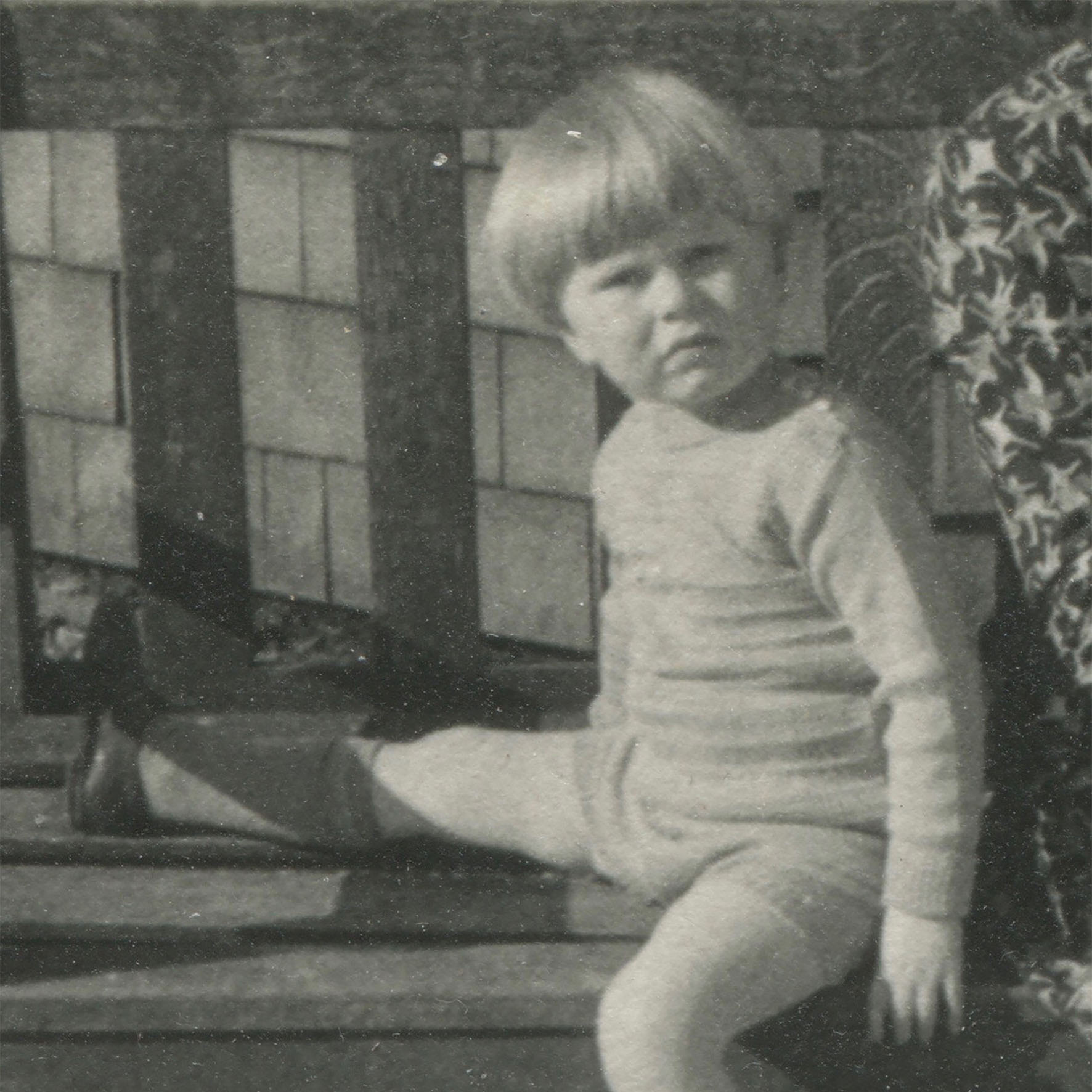The folks at 99% Invisible have created some fab new podcasts and articles on the relationship between children, play and the material world. And because I am a massive nerd, I have created summaries of them to share with you! I highly recommend listening to the podcasts (links are included below) as they are entertaining, well-researched and only around 25-minutes long. Isamu Noguchi (design) and Shoji Sadao (architect). Moerenuma Park, Sapporo Japan. 1988-2004. ©The Isamu Noguchi Foundation and Garden Museum, New York / ARS Play Mountain: A podcast on the work of playground designer Isamu Noguchi Isamu Noguchi (1904-1988) was a Japanese-American sculptor, designer and landscape architect. After working for numerous years as a sculptor in New York, he came up with the idea to construct a ‘playground’ that had no rules or obvious way to play in it. Instead of having swings and slides, Noguchi wanted to the playground to…
The art of weaving: An interview with Katrina Sánchez Standfield
Fiber artist Katrina Sánchez Standfield’s giant textile sculptures take weaving to a whole new level.
Patricia Piccinini: Art in childhood series
This post is the third in the ‘Art in Childhood series’ that looks at the experience of famous artists in childhood! The first blog post looked at Australian painter Ben Quilty who shared his story of growing up on the outskirts of Sydney, Australia.The second post zoomed in on Djerrkŋu Yunupiŋu who talked about growing up in East Arnhem in Australia. Patricia Piccinini is one of Australia’s most acclaimed contemporary artists. Her hyperreal sculptures explore themes such as people’s relationship with technology, nature, and culture. Patricia represented Australia at the 2003 Venice Biennale. She is also currently the Enterprise Professor of Visual Arts at the University of Melbourne. In this story, Patricia shares what art was like for her attending a public school in Canberra, Australia. Louisa Penfold: You were born in Sierra Leone and then immigrated to Canberra as a child. Were there any experiences that you had in your…
Djerrkŋu Yunupiŋu: Art in childhood series
Image credit: Buku-Larrŋgay Mulka Art Centre This post is the second in a series that explores the childhood experiences of artists. In each post, a different esteemed artist shares their account of the people and experiences that inspired them to pursue a career in the field. The first post featured the story of Ben Quilty who shared his story of growing up on the outskirts of Sydney, Australia. This blog post features the work of Djerrkŋu Yunupiŋu. Djerrkŋu is an Indigenous artist based in Yirrkala in East Arnhem Land, Australia. Born near the Mata Mata community on Inglis Island, she is part of the Gumatj clan. Djerrkŋu’s art practices draws on weaving, healing, printmaking, and painting techniques to share ancestral stories. She was a finalist at this year’s National Aboriginal and Torres Strait Islander Art Awards in Australia. “Weaving ancestral stories” -Djerrkŋu Yunupiŋu’s story of art in childhood When I was young,…
An interview with artist Lorna Rose
This post features a video interview with artist Lorna Rose. She talks about her approach to creative learning, like the importance of flexibility, multiculturalism, and inclusivity in education. We live in a world of great cultural, social, and political diversity. As the great art educator Maxine Greene said, the arts play an integral role in the growth of social cohesion by encouraging children to empathize with others from different background. This week I spent two days at the Lillian de Lissa Children’s Centre & Nursery in Birmingham (UK) working alongside their artist-in-residence, Lorna Rose. 90% of the children attending the nursery are from an ethnic minority, over half speak English as a second language. Of the 90 children in attendance, 28 languages are spoken! The nursery’s vision is for children to leave the center with a sense of curiosity about the world. Lorna Rose has been working as the artist-in-residence at the centre for over…
Ben Quilty: Art in childhood series
I recently had an article published in the Weekend Australian that looked at different artists’ experience of art in childhood. You can read the original article in full here: ‘Why teach kids art?’, published in The Australian, September 12, 2020 The article features the stories of four esteemed Australian artists -Patricia Piccinini, Djerrkngu Yunupingu, John Wolseley, and Ben Quilty- who share their experience of art while growing up. Something that I found so interesting when doing the interviews was how the artists talked about the important role of parents and teachers in supporting their artistic pursuits. Over the next two months, I am going to share the extended stories of these artists’ experience of art in childhood… starting with the amazing Ben Quilty! Ben is one of Australia’s most esteemed visual artists. His paintings explore ideas around masculinity, colonization, and political activism. He was also awarded the 2011 Archibald Prize…
Harvard Project Zero’s Mara Krechevsky talks about making learning visible
Documenting children’s learning is an intricate process. In this expert interview, Mara Krechevsky, a senior researcher at Harvard’s Project Zero research centre, discusses the ins-and-outs of making learning visible. Documenting children’s learning is a complex and (sometimes) confusing process. Questions of how educators can use documenting to support learning are deeply intertwined with debates surrounding ethical and political assumptions in education. Mara Krechevsky has over 30 years’ experience in education research with a specific interest in documenting learning. In her role at Harvard, she has worked on a myriad of ‘visible learning’ projects including directing Project Zero’s Making Learning Visible, an initiative that began as a collaboration with educators from Reggio Emilia. Project Zero is a research centre at Harvard’s Graduate School of Education. Founded by philosopher Nelson Goodman in 1967, Project Zero began with a focus on understanding learning in and through the arts. Since then, the centre’s mission has…
John Wolseley: Art in childhood series
John Wolseley, aged four. Image: the artist This post, featuring artist John Wolseley, is the fourth story in the ‘Art in Childhood series’ that looks at the experience of famous artists in childhood! The first blog post looked at Australian painter Ben Quilty who shared his story of growing up on the outskirts of Sydney, Australia.The second post zoomed in on Djerrkŋu Yunupiŋu who talked about growing up in East Arnhem in Australia.The third post featured Patricia Piccinini who shared a story of how her high school art teacher at a public school in Canberra shaped her lifelong love of fine art John Wolseley is a British-born, Australian-based artist whose paintings and tapestries have been inspired by nature and environmental systems. John has exhibited solo shows at the National Gallery of Victoria and the National Museum of Australia and holds an Honorary Doctorate in Science from Macquarie University. John Wolseley’s story…
The Leap then Look podcast
Artists Lucy Cran and Bill Leslie, otherwise known as the creative duo ‘Leap Then Look,’ have spent the last year putting together participatory art projects across some of London’s most renowned art and education institutions including the Royal Academy of Art, Tate and the Thomas Tallis School. Above: Artists Lucy Cran and Bill Leslie, the creative duo who form ‘Leap and Look.’ Image credit: Alun Callender Their work is underpinned by the philosophy that contemporary art practice should and can be made available to everyone and that people of all ages can greatly benefit from playful ways of making, thinking and looking. With funding from a-n The Artists Information Company, Lucy and Bill have recently put together the ‘Leap and Look’ podcast series featuring interviews with artists working at the intersection of art and education. It features interviews with contemporary artists Natalie Zervou-Kerruish, Pester & Rossi as well as Annis Joslin &…


